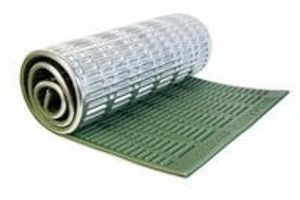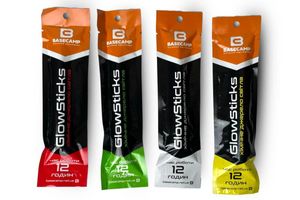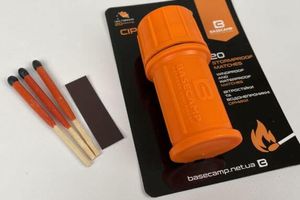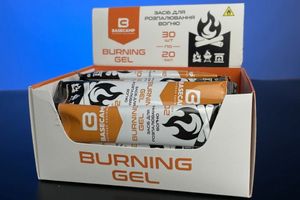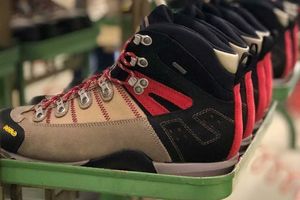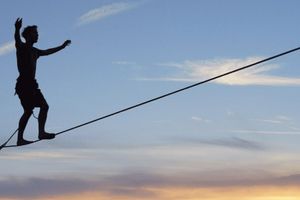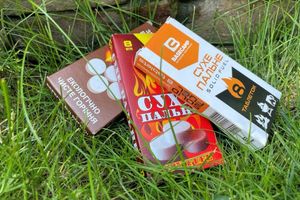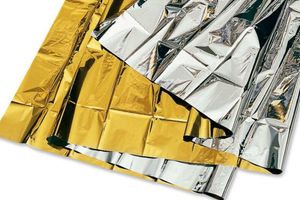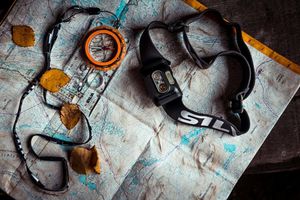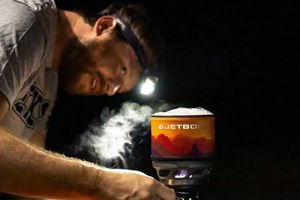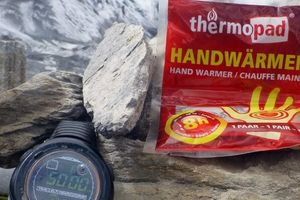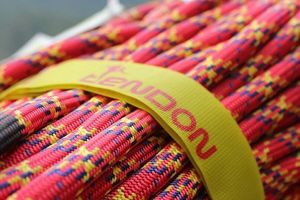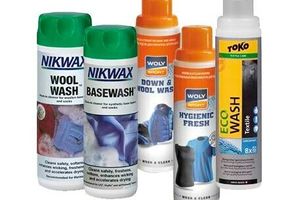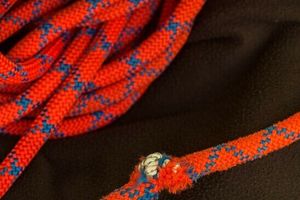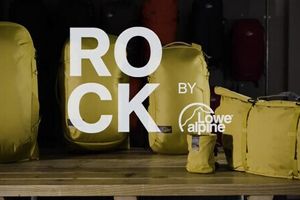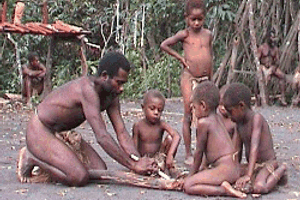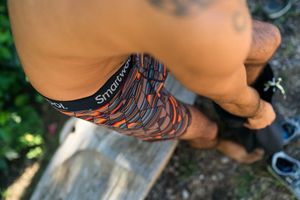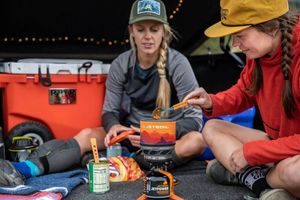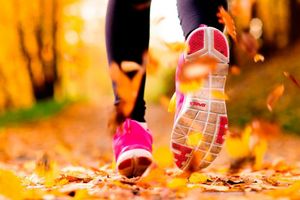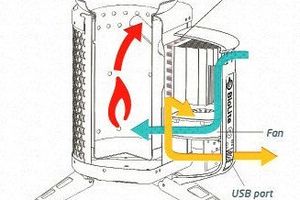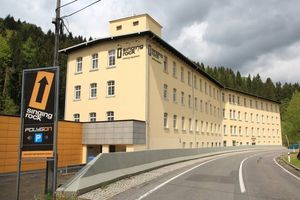The British company Rab is one of the top manufacturers of goods for active recreation. Tourists from all over the world choose Rab clothing and equipment for quality, which is really important in extreme conditions: strength, reliability, functionality.
The brand's range includes sleeping bags, down jackets, vests, trousers and other clothing, as well as equipment for mountaineering, rock climbing, trekking, cycling. The company cooperates with Polartec, PrimaLoft, Pertex, Gore-Tex. Rab items are worn by world-famous athletes.
In the 70s, the future founder of Rab, the then unknown young climber Reb Carrington, did not imagine such a scale of his business. And he did not even hold in his hands equipment similar to that which he would soon create himself. Actually, this is where Rab's story began: from the desire to make something fundamentally new and better for mountaineering than was currently available on the market.
Start: from the highest mountain in the world – to a sewing machine
So, the 70s. Reb Carrington begins the first ascents. He quickly outgrows the mountains of his native Scotland and goes to conquer the highest points of the world: the Andes, the Alps, the Himalayas. And each time he faces the same problem: the equipment available at that time does not correspond to the conditions in which it is used. Everything has to be redesigned to make it more convenient and safer.
Another expedition, this time to Patagonia. Currinton arrives in Buenos Aires and waits for his luggage with equipment. And here's the news: things got stuck in a port in England. How long will have to wait is unknown. Therefore, Reb is looking for a temporary job. A local acquaintance takes him to a garment factory where sleeping bags for the army are produced. Reb Carrington sits down at the sewing machine and masters a new profession. The skills acquired in Argentina will soon be applied to their own affairs.
From a workshop in the attic to a world-famous brand
In the early 1980s, Carrington returned to Britain and got married. With the birth of a daughter, the family lacks money, and the young father decides to sew and sell sleeping bags for tourism. Created without professional sewing equipment, in an attic workshop, his products were better than store-bought: durable, comfortable, thought out to the last detail.
The local community of climbers appreciated the sleeping bags sewn by Reb. The order was followed up, and as a result of the production, it was transferred to the sewing shop. Gradually, a small business grew into the serial creation of products for mountaineering and tourism. The range is expanding, equipment is being modernized, and new technologies are being patented. The Rab brand has become known throughout the UK and beyond.
Rab - things created and tested by climbers
Reb Carrington was at the helm of the company until the early 2000s. In parallel with running a business, he continued to engage in mountaineering. And not only him. Rab employees are people involved in the outdoor world.
The products are manufactured on the basis of personal experience and tested in field conditions. This is one of the main principles of Raba's work, which is supported even after the change of owner. Also, the clothes and equipment of the Rab brand remain an example of durability, functionality and high quality.
What things to take on the first hike: clothes and equipment
Newbies often go to the mountains dressed in jeans and a sweater, with a heavy backpack stuffed with unnecessary things. They rub calluses in new sneakers and quickly set due to lack of energy snacks. As a result, such trips leave negative impressions. Proper preparation and well-chosen equipment are the key to a comfortable and safe stay in the mountains.
The British company Rab is one of the leading manufacturers of goods for active recreation. Tourists around the world choose Rab clothing and equipment for its strength, reliability and functionality, which are indispensable in extreme conditions.
In this article, we will look at a list of necessary things to take with you on a hike to ensure comfort and safety in the mountains.
What clothes and shoes do you need for a hike?
- Synthetic T-shirt and/or synthetic/merino thermal underwear. The base layer quickly absorbs the pot and dries (removes moisture from the body).
- Fleece jacket with a second layer. Warms, allows steam, weighs little, is easy to care for.
- A thin down jacket (jacket/vest) — instead of/in addition to a fleece or instead of a walking jacket (on dry, windless days)
- Membrane/softshell jacket or windbreaker + raincoat for protection against wind and precipitation.
- Thermal pants and/or trekking pants/leggings/shorts - high with a wide waistband, do not restrict movement.
- Trekking socks are synthetic or merino. They fit well, do not twist or rub, are breathable, dry quickly, and are durable.
- Trekking sneakers or boots - with a hard sole, ankle support, with a membrane/not, depending on the conditions of the hike, worn, 1-1.5 g more than usual
- Panama/cap from the sun and light rain or hat/balaclava for the cold season.
What to take on an overnight camping trip?
- A tent The size corresponding to the number of people, wind and water resistant, strong, easy to assemble. The optimal weight is 2-4 kg. Ultralight tents are more fragile and expensive, and 5 kg+ are aimed at camping.
- Rug and pillow. Isolate from cold, hard, uneven surfaces. A pillow is optional, but adds +100 points to comfort.
- Seasonal sleeping bag + liner/insert. The indicated comfort temperature should be lower than the expected air temperature at night. For wet conditions, in the summer take a sleeping bag with a synthetic filler, for dry, cold weather - down.
- A set of clothes for bivouac and sleep: thermal underwear, socks/chuns, a thin hat and gloves.
What is needed for cooking in the mountains?
- Gas burner / cooking system and/or means for diluting the hearth.
- Dishes are universal, light, durable: several circles of different sizes made of fire-resistant materials (stainless steel, anodized aluminum, titanium); compact and light bowl and mug (food silicone, plastic, etc.), spoon, fork, knife.
- A set of products for each day of the hike +1 (in case of an emergency): instant cereals, freeze-dried (dried) products, canned goods in bags, high-calorie snacks (bars, jerky, sweets, etc.).
For hygiene and health on the hike
- Sunscreen cream (the higher you go, the higher the SPF).
- Spray against ticks, mosquitoes and other insects.
- A first-aid kit with painkillers, antihistamines, antipyretics, and means for treating wounds and poisoning.
- Soap, shampoo (or multifunctional product) - in a bar or mini-bottle, preferably with an environment-friendly composition.
- Universal moisturizing cream, hygienic lipstick, means rubbed.
- Several microfiber towels - unlike terry towels, they are light and compact, absorb moisture well and dry quickly.
- Toothpaste and a brush, toilet paper, a small spatula, means for intimate hygiene.
- Wet wipes, dry shower, chlorhexidine - to quickly freshen up, wash away dirt and eliminate unpleasant odors when it is impossible to wash.
Security, navigation, etc
- Telephone and ATM, batteries, navigator, paper cards, compass.
- At least one flashlight (headlight/handheld), camping lamps.
- Set for quick repair of clothing and equipment.
- Whistle, rescue thermal blanket.
- Trekking sticks.
- Foam seat (for bivouac and short stops).
And, of course, a tourist backpack of the appropriate volume is required. It is important not to take too much: luggage should not exceed 25-30% of your weight. The backpack should have adjustable straps, ventilation inserts, and a large number of compartments.


